Taking your kids to an amusement park should be pure fun, yet it’s also one of those times when being a parent means keeping your guard up while everyone else is letting loose. Theme parks are designed to thrill — which means they come with risks that don’t exist during your average playground visit.
The good news? Most accidents are completely preventable with some basic preparation and awareness. Smart parents know that a little planning goes a long way toward ensuring everyone has a blast without any scary moments.
Here are 16 essential safety tips that’ll help you navigate your next theme park adventure like a pro.
Check Height Requirements Before You Go
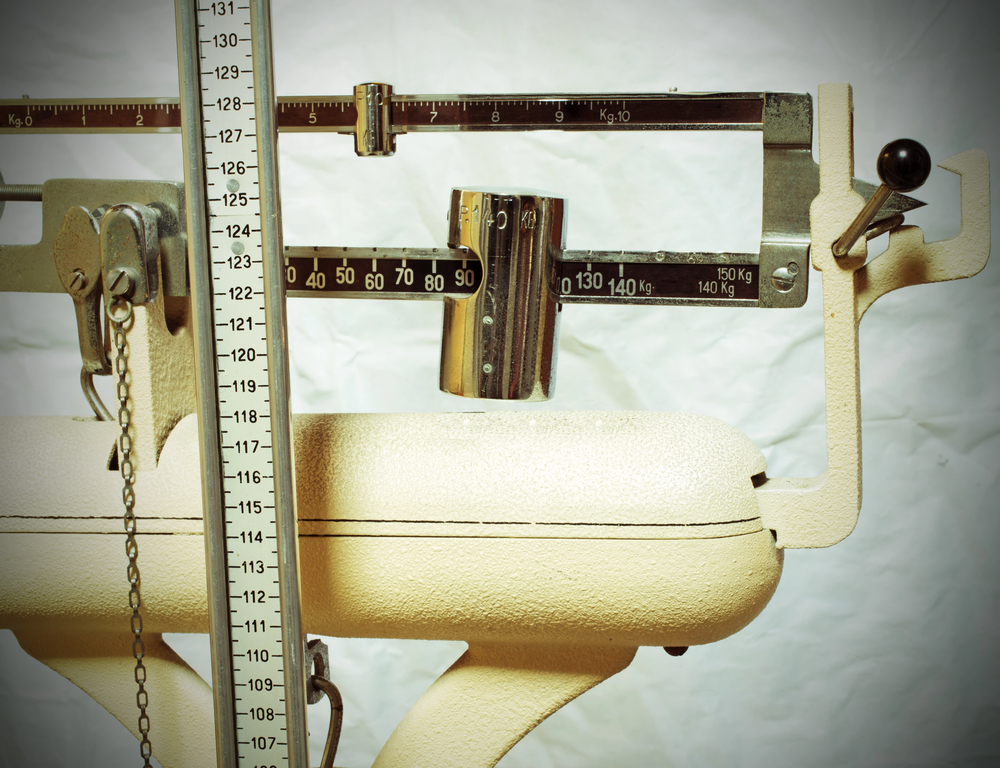
Don’t wait until you’re standing in line to discover your child is too short for their dream ride. Most parks list height requirements on their websites, so do your homework before you leave home.
Measure your kids against a wall and write down their heights — you’ll save yourself from dealing with disappointed tears at the gate. Parks don’t make exceptions to these rules, and for good reason: the restraints and safety systems are engineered for specific body sizes.
Dress for Safety, Not Just Style
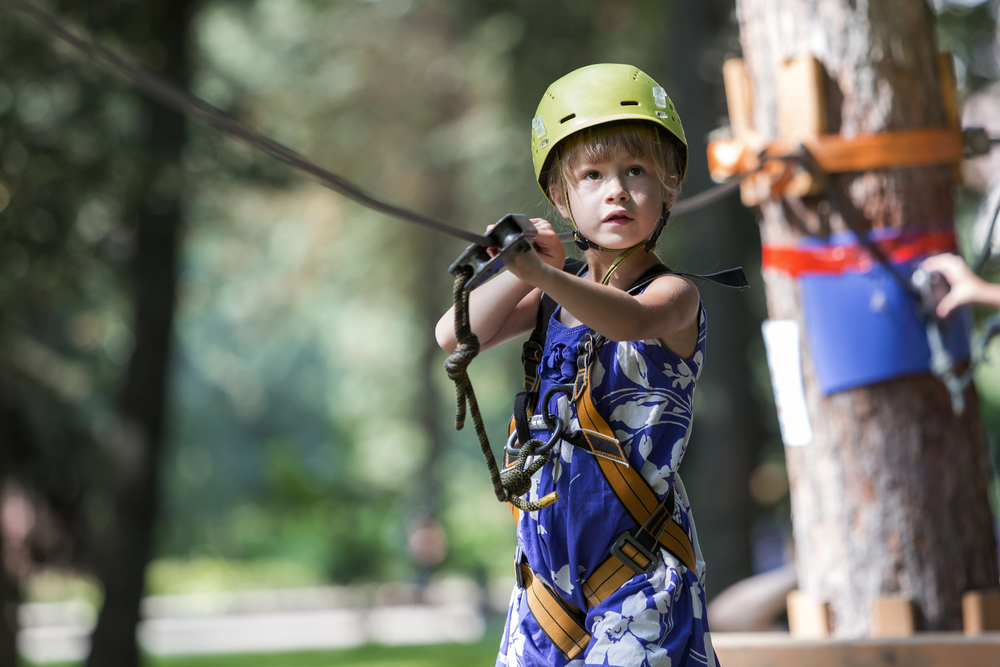
Flip-flops might seem perfect for a hot day, though they’re accident magnets on rides and can easily slip off on faster attractions. Closed-toe shoes with a good grip will keep feet safe and secure throughout the day.
Avoid loose jewelry, scarves, or anything that could get caught in ride mechanisms — think of roller coasters as giant mechanical systems that don’t play nice with dangling accessories. Comfortable clothes that fit properly will keep everyone focused on fun instead of wardrobe malfunctions.
Like Travel Pug’s content? Follow us on MSN.
Stay Hydrated Throughout the Day

Theme park excitement can make people forget basic needs like drinking water, especially when kids are running on pure adrenaline. Dehydration sneaks up fast in hot weather.
It can lead to dizziness or fainting — not exactly the kind of thrill you’re looking for. Bring refillable water bottles or buy drinks regularly throughout the day, even if nobody feels particularly thirsty.
Consider it insurance against heat-related problems that could cut your visit short.
Establish Meeting Points Early
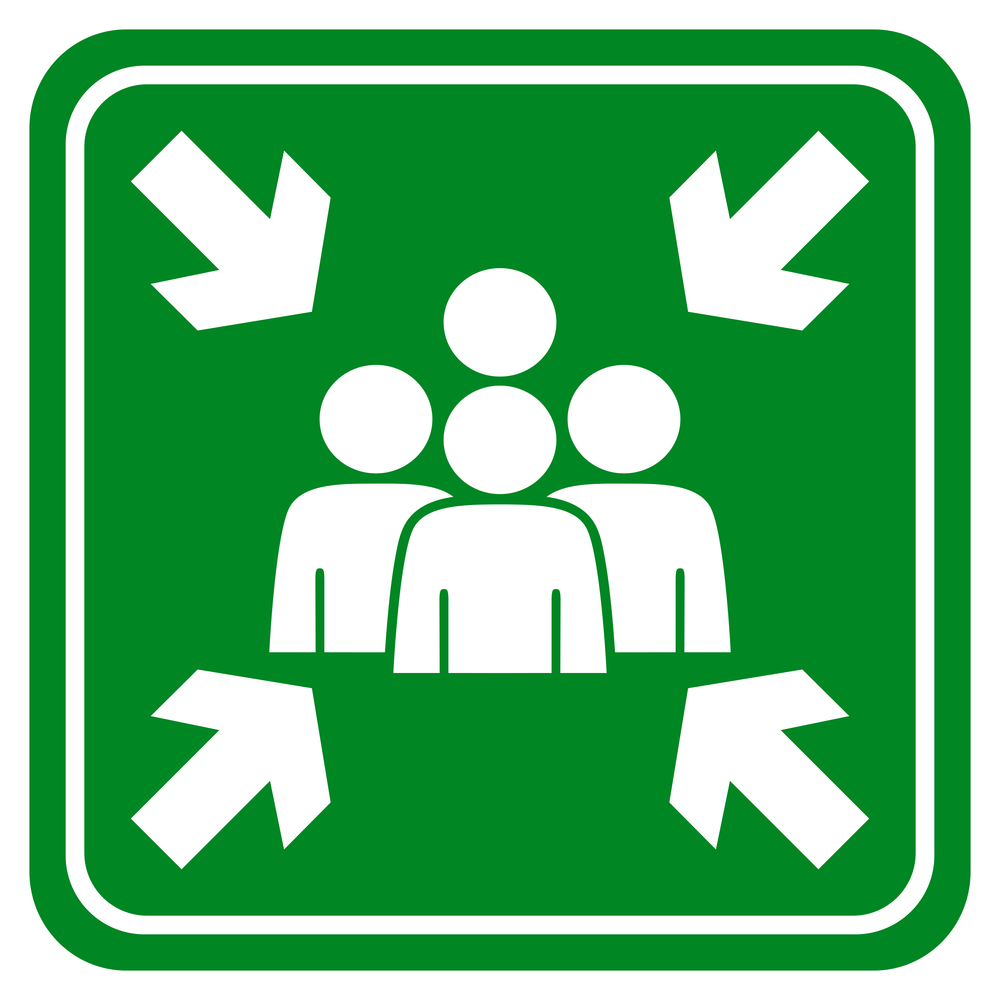
Kids have a talent for disappearing the moment something catches their eye — so set up specific meeting spots before you enter the park. Choose landmarks that are easy to remember and hard to miss, like the entrance to popular rides or distinctive food stands.
Practice saying the meeting point out loud with younger children so they can remember it if they get separated. This simple step transforms a potential panic situation into a minor inconvenience.
Read All Safety Instructions
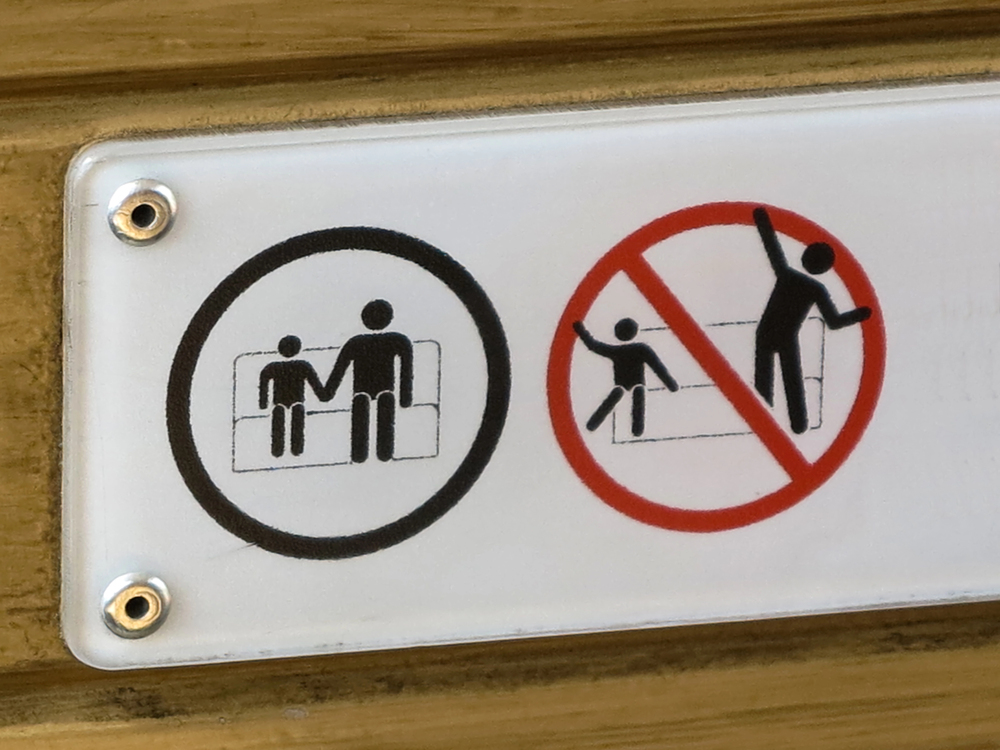
Those signs at ride entrances aren’t just decoration. They contain crucial information about health conditions, age restrictions, and safety requirements — though most people rush past them without a second glance. Take a moment to actually read them, especially for rides your family hasn’t experienced before.
Pay attention to warnings about heart conditions, back problems, or pregnancy restrictions, even if they seem overly cautious. The few seconds spent reading could prevent serious injury.
Like Travel Pug’s content? Follow us on MSN.
Secure All Loose Items
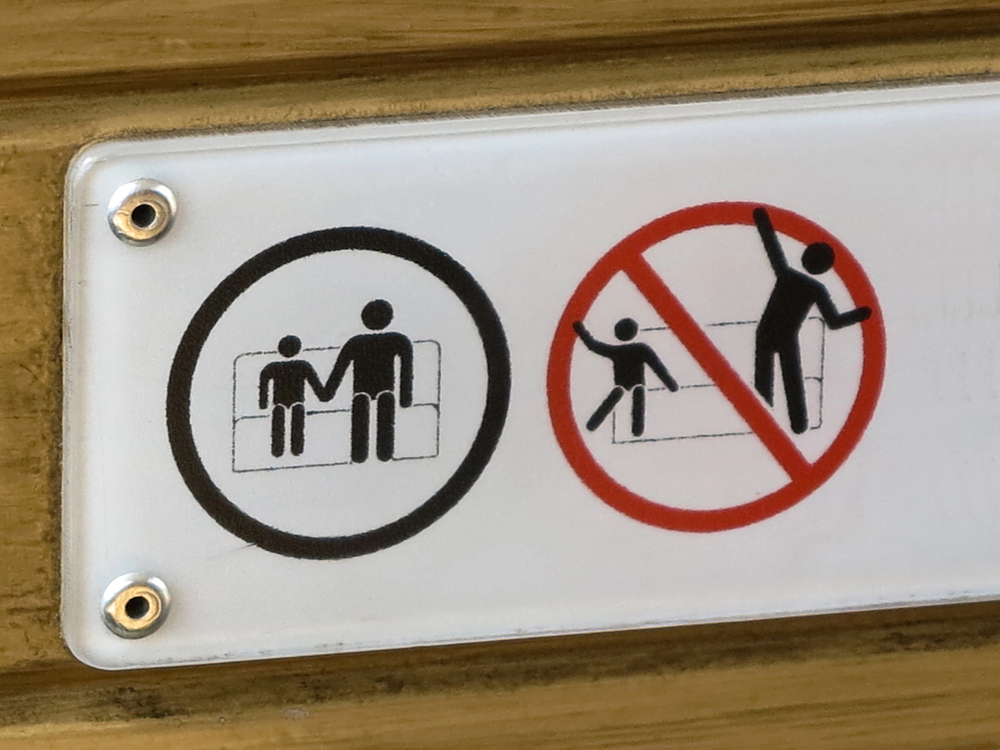
Phones, hats, sunglasses, and other loose items become dangerous projectiles on high-speed rides. Many parks provide lockers or storage bins — yet it’s easier to leave non-essential items with someone who’s not riding.
If you must bring something on a ride, make sure it’s completely secured in a zipped pocket or bag with a strong closure. Remember that what stays put during normal activities might not survive the forces of a roller coaster.
Follow Age-Appropriate Ride Guidelines
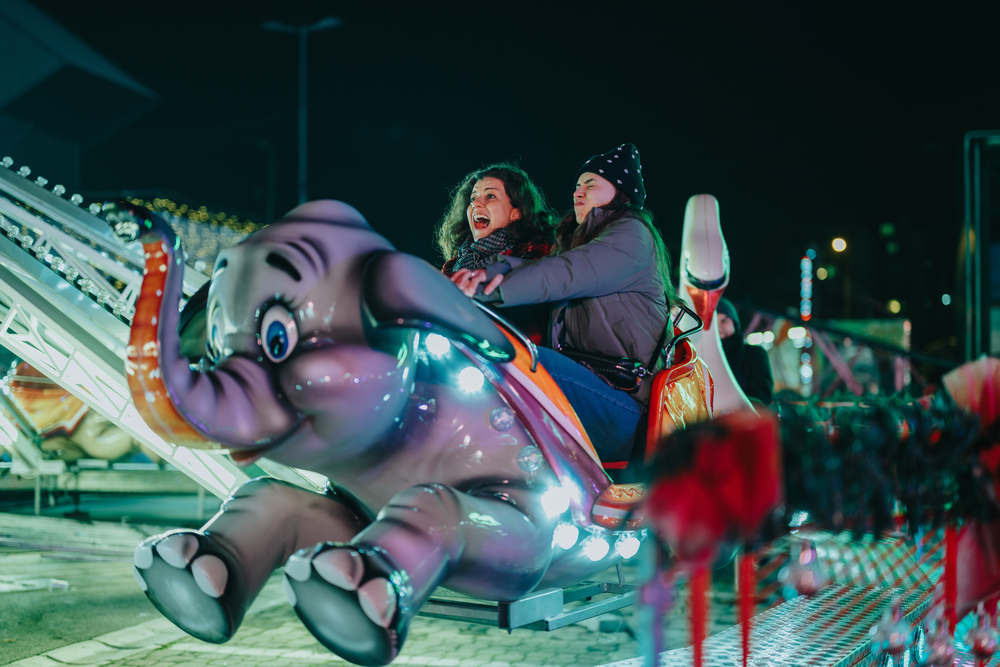
Just because your child meets the height requirement doesn’t mean they’re emotionally ready for intense experiences. Consider their personality, fear tolerance, and previous ride experience when choosing attractions.
A child who gets scared on the kiddie coaster probably isn’t ready for the park’s biggest thrill ride — regardless of their height. Start smaller. Work up to more intense rides as their confidence builds.
Keep Emergency Information Handy
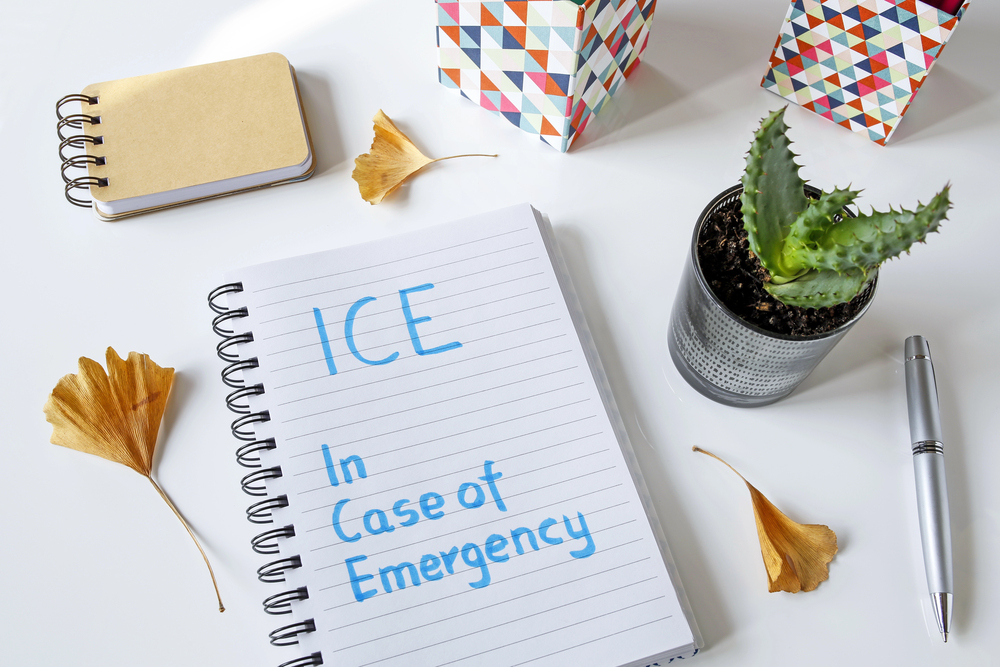
Write your contact information on a card and put it in your child’s pocket. For younger kids, consider using temporary tattoos with your phone number — they’re harder to lose than paper cards.
Include any important medical information, like allergies or conditions that emergency responders should know about. Make sure older children know how to use their phones to call you, and consider setting up location sharing if your devices support it. This preparation pays off if separation occurs or if medical help is needed.
Like Travel Pug’s content? Follow us on MSN.
Watch for Signs of Fatigue
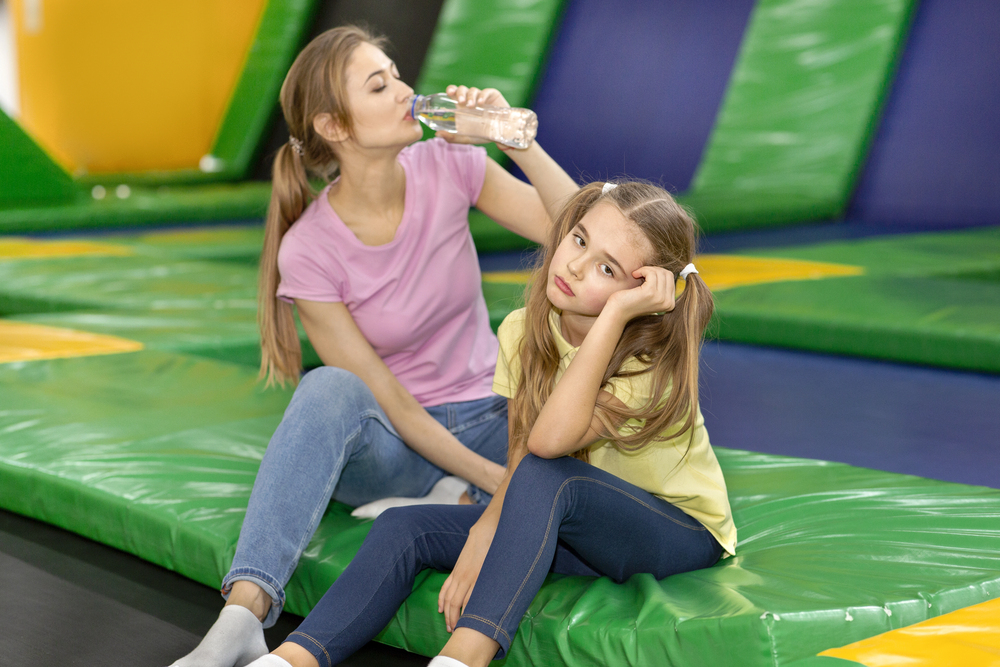
Tired kids make poor decisions and are more likely to ignore safety rules or wander off. Plan breaks throughout the day, even when everyone insists they’re not tired — adrenaline can mask exhaustion until it hits like a wall.
Look for signs like crankiness, stumbling, or difficulty following simple instructions as indicators that rest time is needed. A 20-minute break in the shade can recharge everyone. It prevents accidents caused by fatigue.
Use Sunscreen Generously

Sunburn isn’t just uncomfortable. It can lead to dehydration and heat exhaustion that ruins the entire trip — though many families forget this basic protection in their excitement. Apply sunscreen before you leave home and reapply every two hours, or more often if you’re getting wet on water rides.
Don’t forget often-missed spots like ears, feet, and the back of necks. Consider bringing a small umbrella or pop-up shade for break times, especially during peak sun hours.
Pay Attention to Weather Conditions
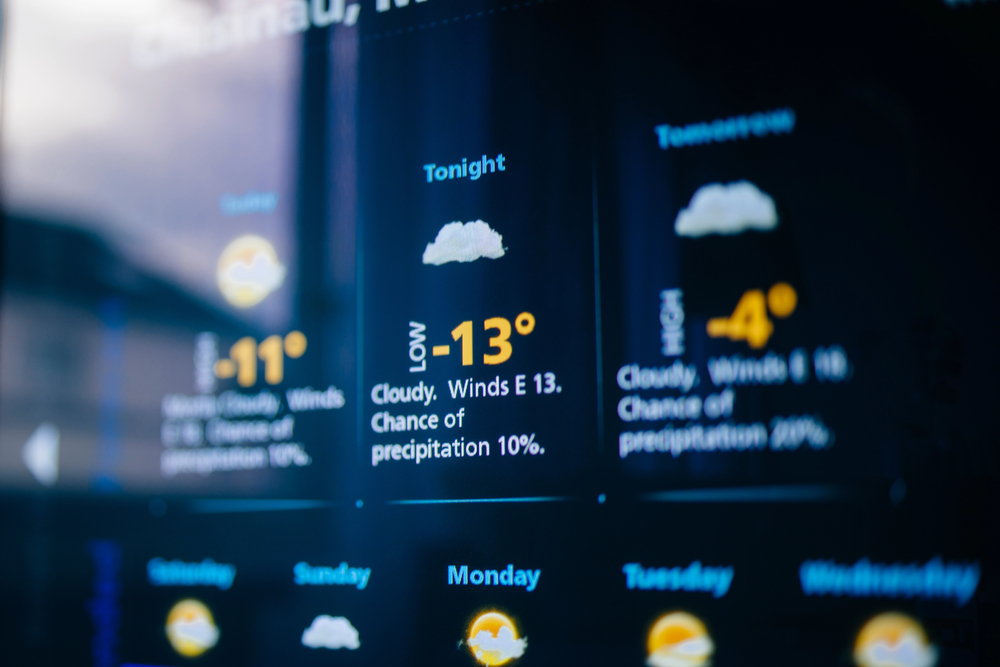
Storms can roll in quickly, and wet surfaces become slip hazards throughout the park. Many rides shut down during lightning or high winds, so have a backup plan for indoor activities or covered areas.
If rain starts, remember that metal handrails and wet shoes create slippery conditions even on normal walkways. Don’t try to rush between rides during bad weather.
Most accidents happen when people are hurrying on wet surfaces.
Like Travel Pug’s content? Follow us on MSN.
Supervise Swimming Areas Closely

Water attractions require the same vigilance as any swimming situation, even if they look more like rides than pools. Designate one adult as the water watcher when kids are in splash zones or lazy rivers.
This person’s only job is to keep an eye on the children. Don’t assume that lifeguards can watch every child in crowded water areas, though they do their best.
Many water ride accidents happen in shallow areas where people least expect them.
Know the Park’s Emergency Procedures

Locate first aid stations when you arrive and make a note of emergency exit routes from different areas of the park. Most parks have medical staff on site, yet knowing where to find help quickly can make a huge difference in an emergency.
Ask park employees about their procedures for lost children or medical emergencies. They’re trained to handle these situations and want to help.
Don’t hesitate to seek assistance if something doesn’t feel right.
Trust Your Parental Instincts
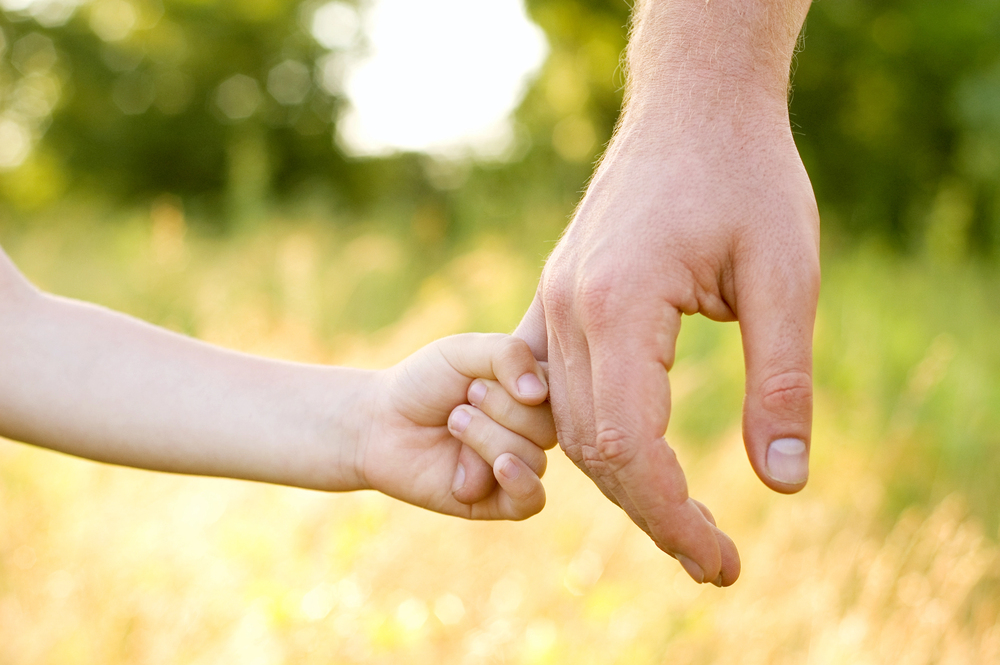
If something about a ride, situation, or crowd doesn’t feel safe, listen to that inner voice and make changes. Parks are generally very safe, but parents know their children better than anyone else and can spot potential problems before they develop.
Don’t worry about disappointing kids if you decide to skip a ride or leave an area. Their safety is worth more than avoiding a few minutes of complaining.
Your gut feelings about safety situations are usually right.
Like Travel Pug’s content? Follow us on MSN.
Plan Transportation Carefully
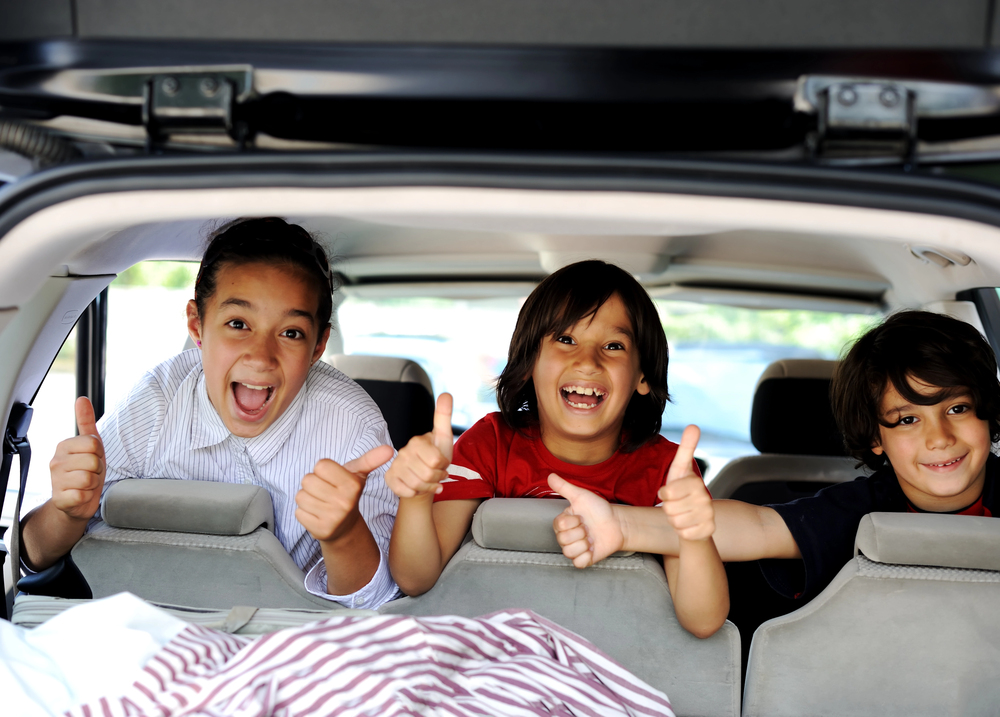
Getting to and from the park safely is just as important as what happens inside. If you’re driving, remember that everyone will be tired on the way home.
Consider staying nearby overnight if it’s a long trip. Make sure car seats are properly installed and that tired children are secured correctly before leaving.
If you’re using ride-sharing or public transportation, keep the same awareness of surroundings and safety that you maintained in the park.
Stay Alert in Crowds

Large crowds create unique safety challenges, from getting separated to being pushed or trampled during exits. Keep your group together by having everyone hold hands or stay within arm’s reach in dense crowds.
Move with the flow of people rather than fighting against it. Look for less crowded routes when possible.
If someone falls or drops something in a crowd, prioritize safety over retrieving the item. Belongings can be replaced, but injuries cannot.
When Fun Meets Responsibility
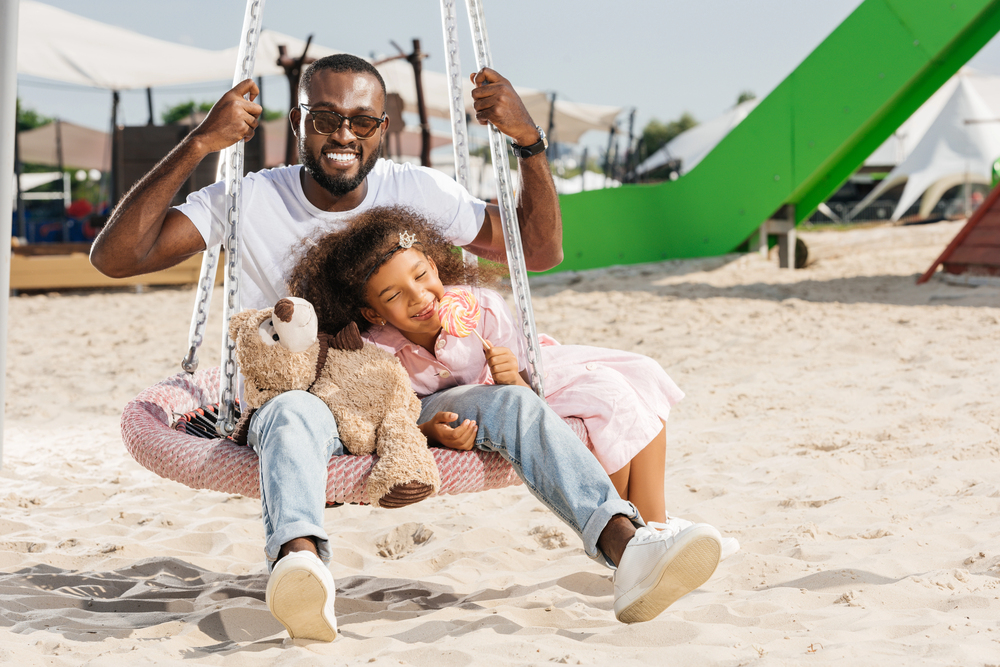
The magic of amusement parks comes from the perfect blend of excitement and safety, where families can push boundaries while staying protected. These tips aren’t meant to scare anyone away from having a great time.
They’re designed to help you enjoy every moment without worry. Smart preparation and constant awareness allow parents to relax and join in the fun instead of spending the day stressed about what might go wrong.
The best theme park memories are made when everyone gets home happy, healthy, and already planning the next visit.
More from Travel Pug

- 20 Best Beach Towns in the Carolinas
- 13 Destinations Where Tourists Regularly Regret Their Trip
- 20 Things You Actually Get in First Class
- 20 Small Airports With Aviation Museums
- 20 Places in the U.S. That Are Perfect for a Reset Trip
Like Travel Pug’s content? Follow us on MSN.
